elementgs
No longer a newbie, moving up!
- Joined
- Sep 1, 2013
- Messages
- 136
- Reaction score
- 26
- Location
- California!
- Website
- www.element.gs
- Can others edit my Photos
- Photos OK to edit
Greetings,
I'm looking to specialize in natural light portraiture and will soon be making the plunge into full frame.
I've been eyeing the D800E for a while now and am anxiously awaiting the news/stats for tomorrow's announcement for its replacement.
With that said, I started to wonder, is the D800x the best route for me to go if I wish to focus on portraiture utilizing natural light?
I'm looking to invest about 10-15k between the body, lenses and misc equipment and was eying the D800E trinity up until recently.
Thank you all for your guidance, as always it's much appreciated.
- John
I'm looking to specialize in natural light portraiture and will soon be making the plunge into full frame.
I've been eyeing the D800E for a while now and am anxiously awaiting the news/stats for tomorrow's announcement for its replacement.
With that said, I started to wonder, is the D800x the best route for me to go if I wish to focus on portraiture utilizing natural light?
I'm looking to invest about 10-15k between the body, lenses and misc equipment and was eying the D800E trinity up until recently.
Thank you all for your guidance, as always it's much appreciated.
- John



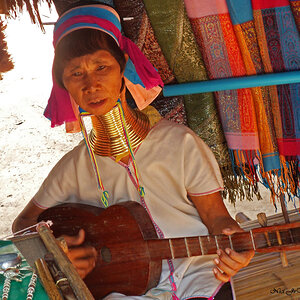
![[No title]](/data/xfmg/thumbnail/38/38740-d1a7721cf77e9309a9b4a4829c65fdd4.jpg?1619738704)

![[No title]](/data/xfmg/thumbnail/42/42349-fa3065c4e047f0114ec8715d9168dff9.jpg?1619740147)
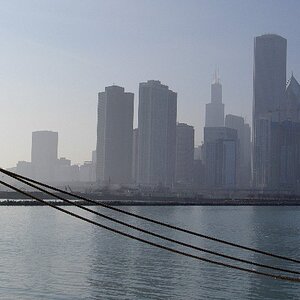
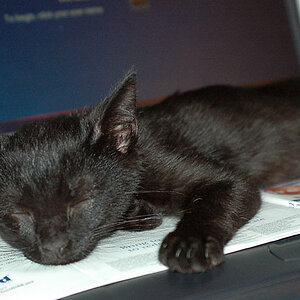
![[No title]](/data/xfmg/thumbnail/38/38738-7933157d1b8968c986eeeab2d1828524.jpg?1619738703)
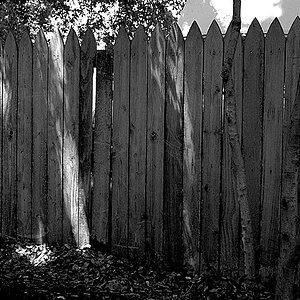
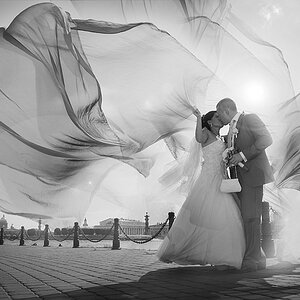
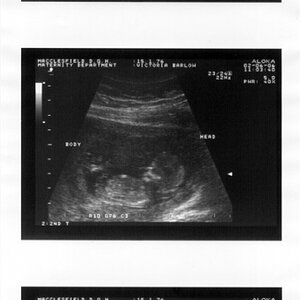
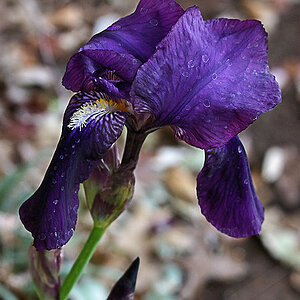
![[No title]](/data/xfmg/thumbnail/38/38741-89a8c6f9d841889783a4fae2b8c40902.jpg?1619738704)